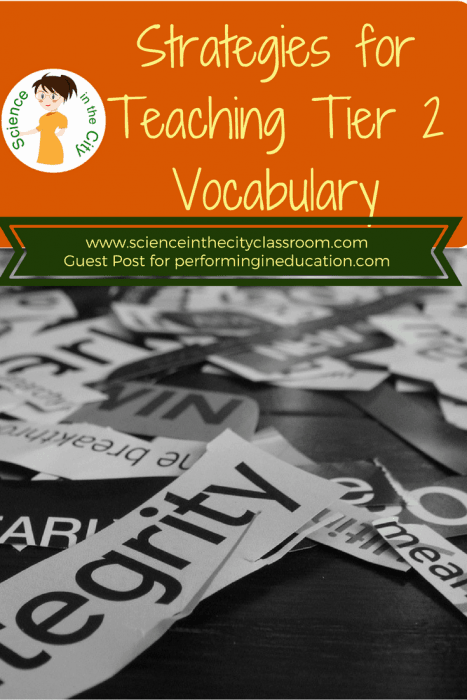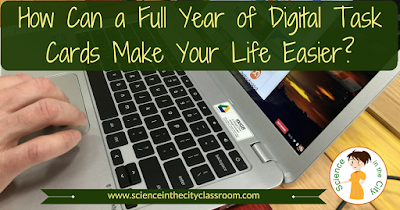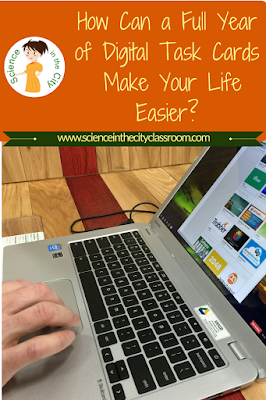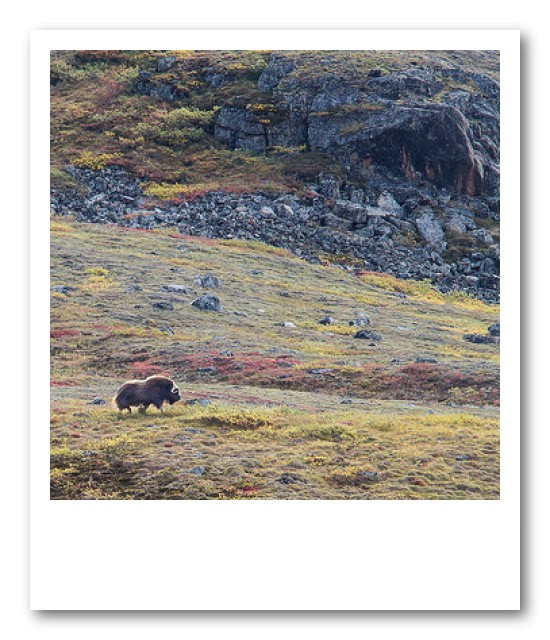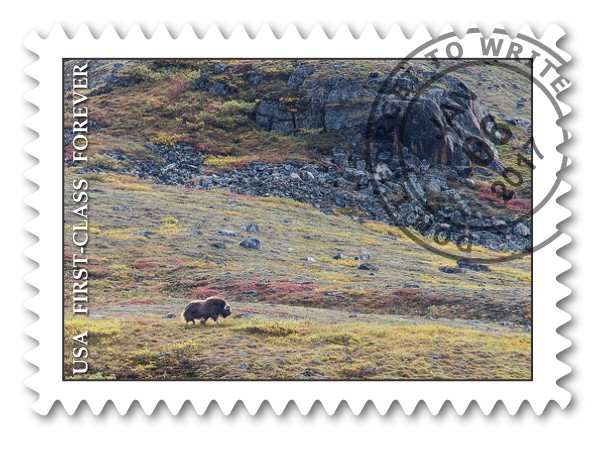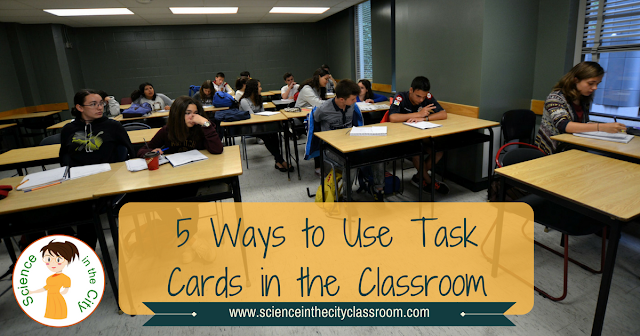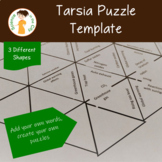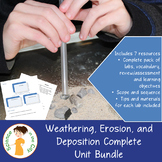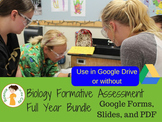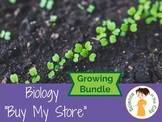3 Fail-Proof Strategies for Students with Low Literacy Skills
A few years ago our evaluation scores were based on test scores, and we had to predict early in the year how students would do on those tests, and set goals, with our administrators.This led to a lot of looking at data in order to set realistic, but reasonable goals for students. Because I am science teacher, there weren’t as many benchmarks as there are for reading or math. There is a lack of previous scores, and earlier science classes aren’t always indicative of how the students will perform in later classes. After looking at a lot of data, I found that the best predictor for my students’ science test scores was actually their reading level.
This is so frustrating for us as teachers because the content we teach them is only part of the picture. It is also frustrating for students because they can’t really demonstrate what they know. As teachers we do have obligation to help fill some of these literacy gaps, but we also want to teach content, and not have the content get lost in the reading difficulties.
Where I teach there are so many students in my classroom who struggle with low literacy skills, and this is problematic for them in school, particularly in the upper grades where reading is no longer taught. Students who have lower literacy skills struggle and become disengaged with school, but as content teachers, or teachers of higher grades, we are not always equipped to teach reading skills. So what do we do? How do we help them in class?
- Find other ways to get them the information
- Find other ways for them to express their knowledge
- Use scaffolding tools such as text to speech, word walls, integrated instruction of vocabulary and more to allow them to build on their strengths, instead of focusing on weaknesses.
Find other ways to help them get the content
Especially now, not all content has to be taught through reading and writing. We can, of course, lecture, but this may not hold students’ attention. Whether you want students to work independently, or in stations, another great way for students to learn new content is through videos, often with some type of guided notes, graphic organizer, or reflection tool.Some of my favorite science YouTube channels are:
- Brainpop (if your school subscribes, although certain videos are free without a subscription)
- Scholastic Study Jams
- Amoeba Sisters
- Crash Course and Crash Course Kids
Let them demonstrate their knowledge in other ways
The options here are countless. You can still require students to use key vocabulary terms, but some students may struggle with the organizational/spelling/writing aspects. Instead, they could show their knowledge in other ways. Here are just a few options. If you have other ideas, please feel free to comment below, I’d love to hear!- Draw (create a comic strip to show a process, or a poster)
- Create a PowerPoint (or Google Slide presentation)
- Record a podcast or video (easy with iPads or Chrome extensions like Screencastify)
- Create a brochure
- Create a commercial or skit
- Create a concept map (discussed here)
- Use graphic organizers or foldable organizers
Scaffold their reading skills
Some students cannot read content very well because they struggle with the vocabulary (either content vocabulary or tier 2 vocabulary). I have already written quite a bit about how I tackle vocabulary in my classroom in this post, here, and here and even for homework.In addition to vocabulary other reading skills can be taught. Students can practice making their own test questions, with answers to get used to the structure and language of test questions. They can also be taught to read and understand diagrams better. Particularly in science class there are often questions that involve diagrams. Even students who struggle with reading long passages of text can often understand a diagram and answer questions correctly.
Next time you are working with a student whose reading levels are way below grade level don’t give up! And don’t let the student give up! Remember your goals: teaching content, assisting with reading, and teaching strategies. Both you and the student might be very surprised at how much he or she really understands when given the chance to express himself in other ways. When a student is more successful and confident in your class, they are more likely to continue to try harder and achieve greater success as well.
If you try out any of these strategies, I’d love to hear how they go. Please leave a comment below, or send me an email If you would like to see any of the resources that I use with my classes, please feel free to check out my Teachers Pay Teachers Literacy Items.












